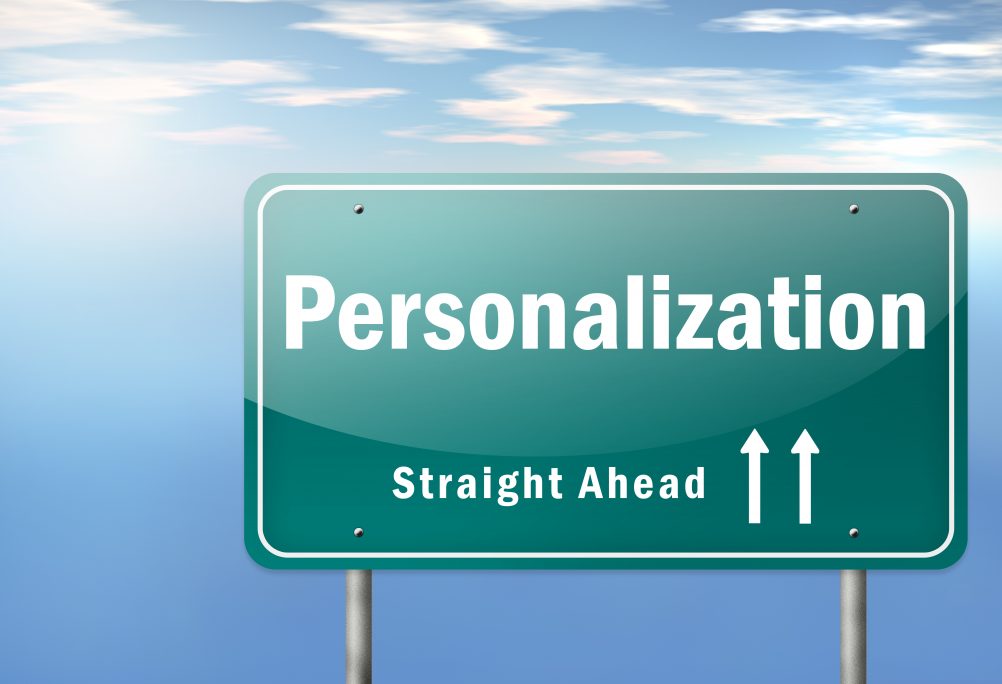Today, mobile devices are like mini retail stores we carry around in our pockets: places where
consumers can browse merchandise or place orders almost instantly.
But mobile devices also give consumers something they can’t get in stores: personalized marketing.
Collecting data like shopping histories and browsing patterns, mmobile devices provide retailers with
detailed insight into individual consumers and a means of communicating with them directly.
How can retailers use mobile insights and capabilities to craft effective, one-to-one messaging?
1. Get personal.
Today, consumers want—and expect—ads to speak directly to them. In fact, 74% of customers feel frustrated when their online experiences aren’t personalized.
The easiest way for retailers to personalize content is by harnessing their first-party data. If a customer purchases a dress online, the brand can use what they know about her (her fashion interests, browsing history and email address) to customize subsequent content. For example, the brand can serve an ad via email that suggests a pair of shoes to go along with the new dress.
With CRM data, the retailer can see what the woman bought online, but do they know what she’s
purchased elsewhere? Or what she does when she’s not shopping? This is where location data comes in.
Retailers that layer location-based insights on to other sources of data can get to know where and when
consumers shop at brick and mortar stores. They can also identify other behavioral patterns, including
which day of the week and time of day they like to go shopping—data can enables greater levels of
personalization.
Let’s say a CPG brand wants to reach out to a previous customer who hasn’t been seen in store lately.
The marketers can use their knowledge of the consumer’s daily commute to deliver the ad just before
he leaves work, suggesting he stop by on his way home. They may even offer him a discount on the
product he previously purchased.
2. Market to individuals, not devices.
Once retailer marketers have identified their ideal audiences on mobile, they shouldn’t see phones as
the only means of communication. Consumers own an average of 3.6 connected devices, so retailers should communicate with consumers across the devices they use, including tablets, laptops, desktops and addressable TV.
However, if a retailer sees a user reading political news on the tablet all day but watching cartoons in
the evening, it might not be the same same person. With families and partners sharing devices at home,
marketers need to make sure they are constructing nuanced consumer profiles across devices in order
to reach out to individuals, not just devices.
3. Don’t be creepy.
Personalized, cross-device marketing is on the rise in part because consumers are increasingly willing to disclose their data to retailers. After all, purchase histories and location data are essential for useful or interesting ads.
But how retailers use that data is key. Consumers want to feel understood, but they don’t want to feel
like ads are invasive or drawing on data that’s simply too personal and private. Marketers need to make
sure they aren’t crossing any personal boundaries or making consumers feel uncomfortable.
If marketers want to turn heads or, more importantly, turn consumers into buyers, they’ll need to do
more than blast out generic ads to the masses. When retailers personalize ads with these three tips,
they’ll see huge improvements in campaign performance.
But how, exactly, do they measure these improvements? Find out next week when we assess the best
metrics for retailers.



